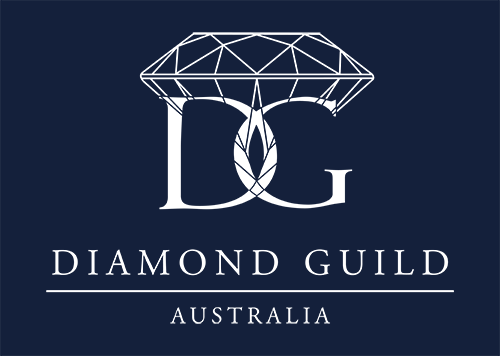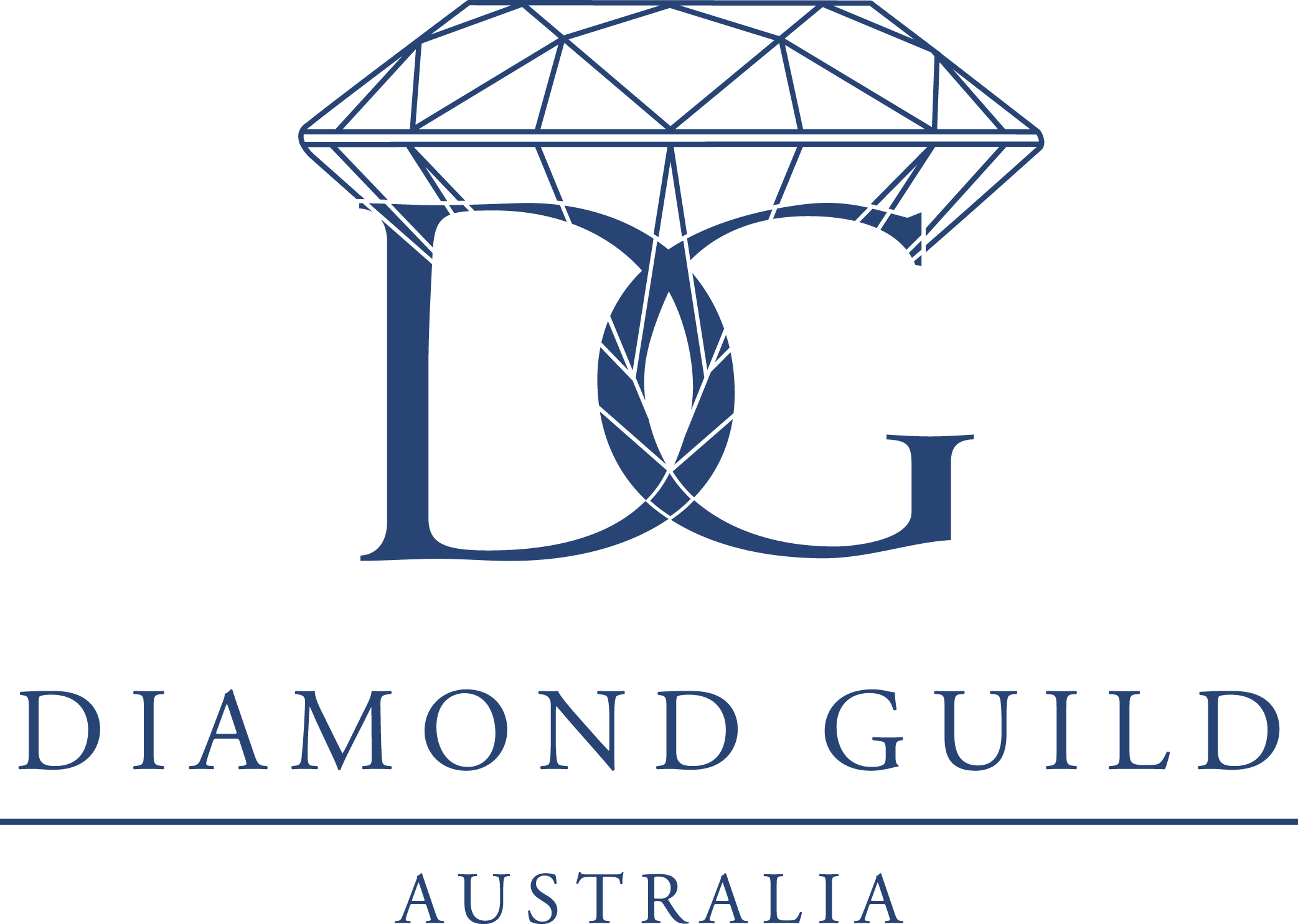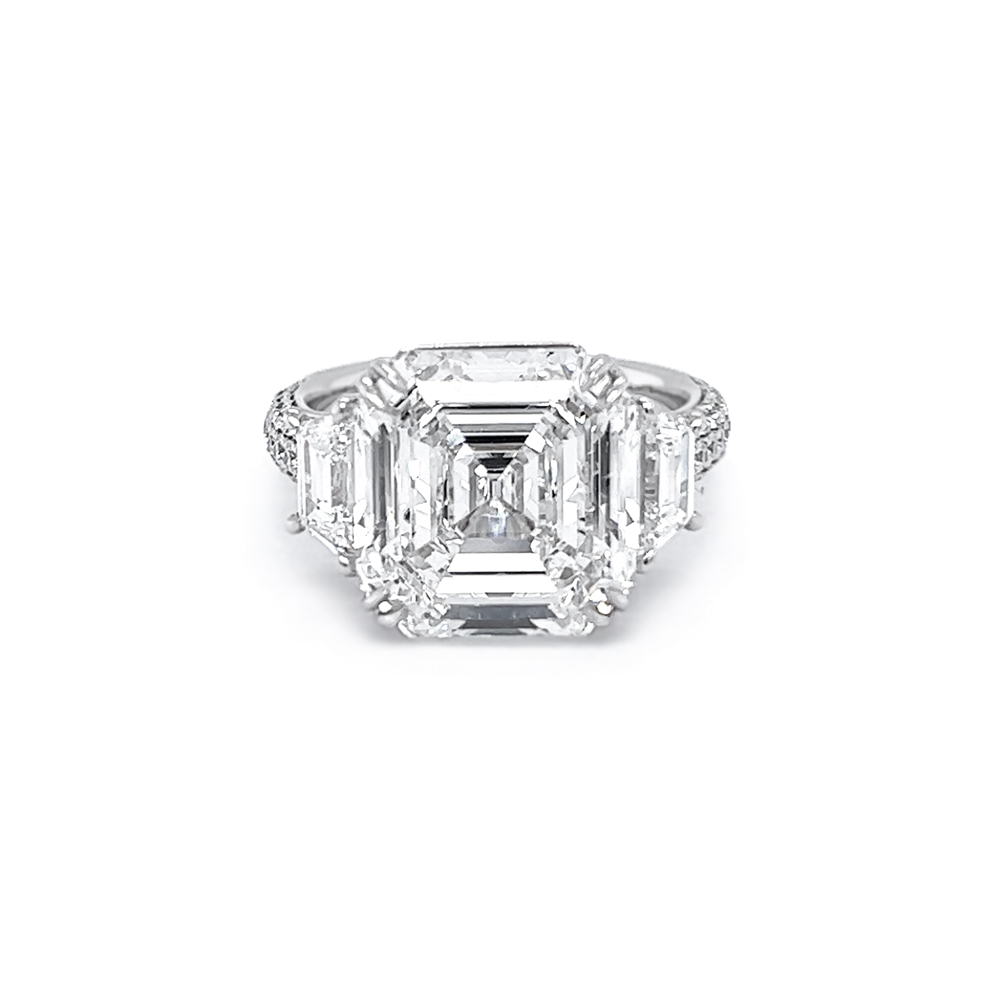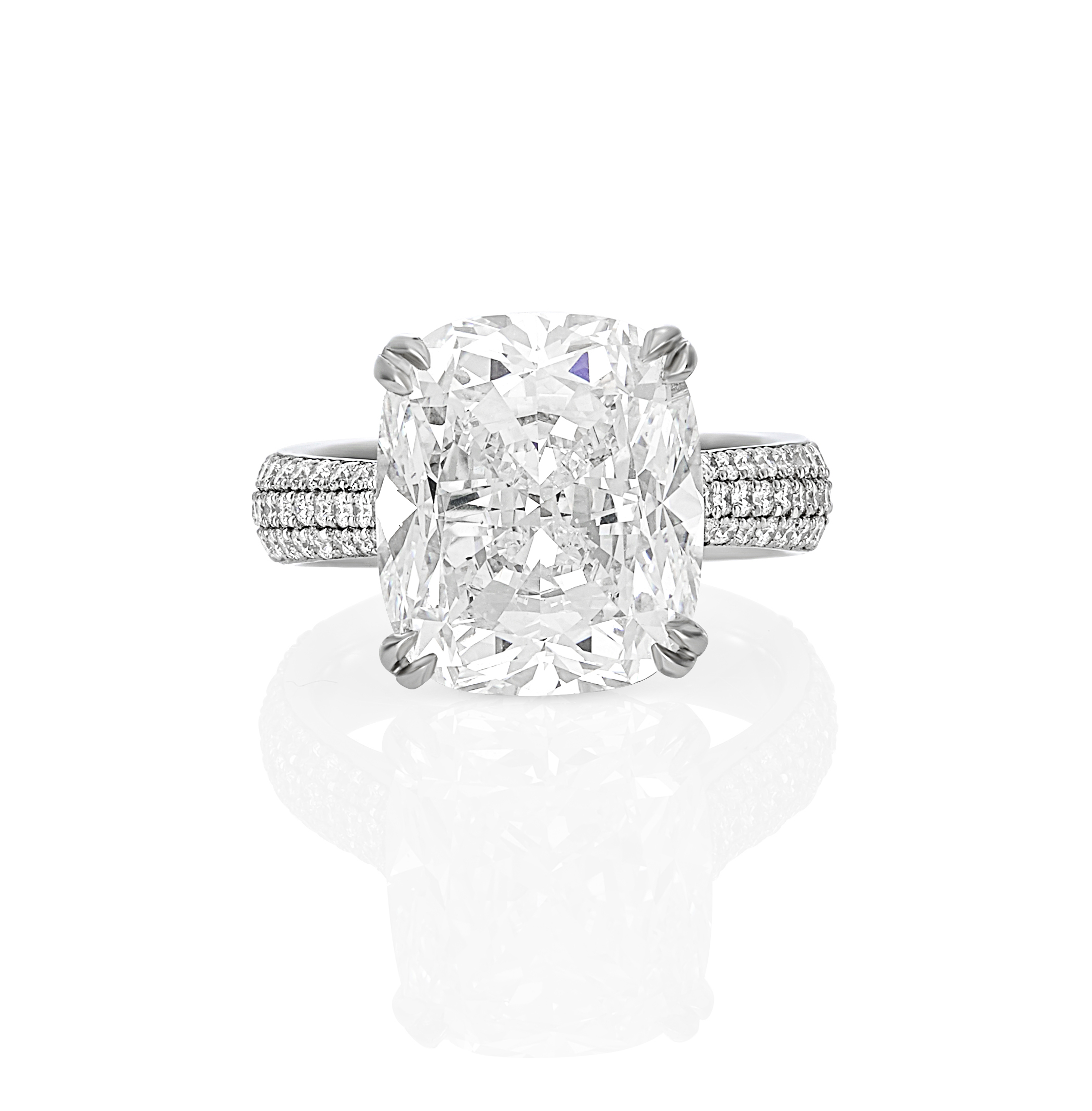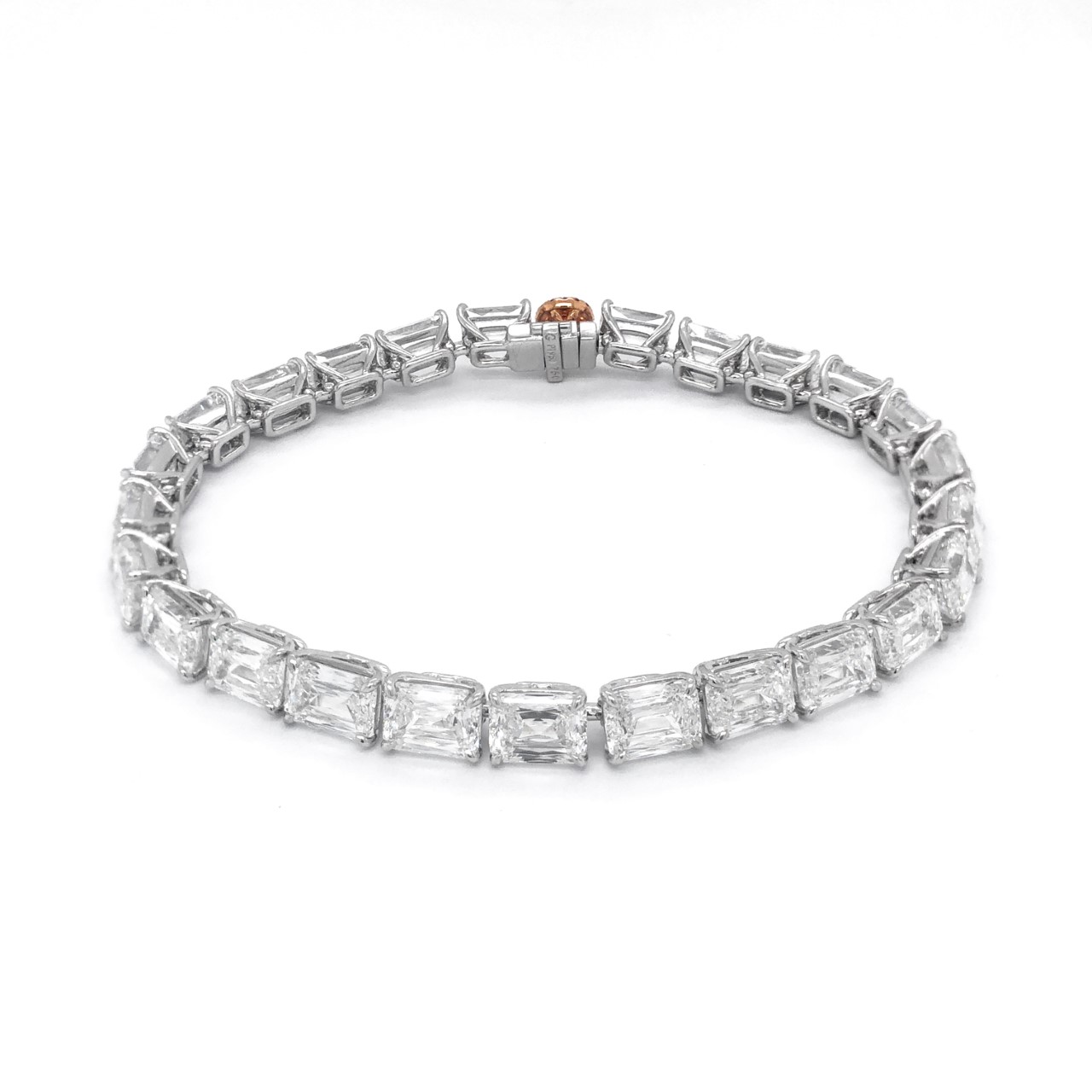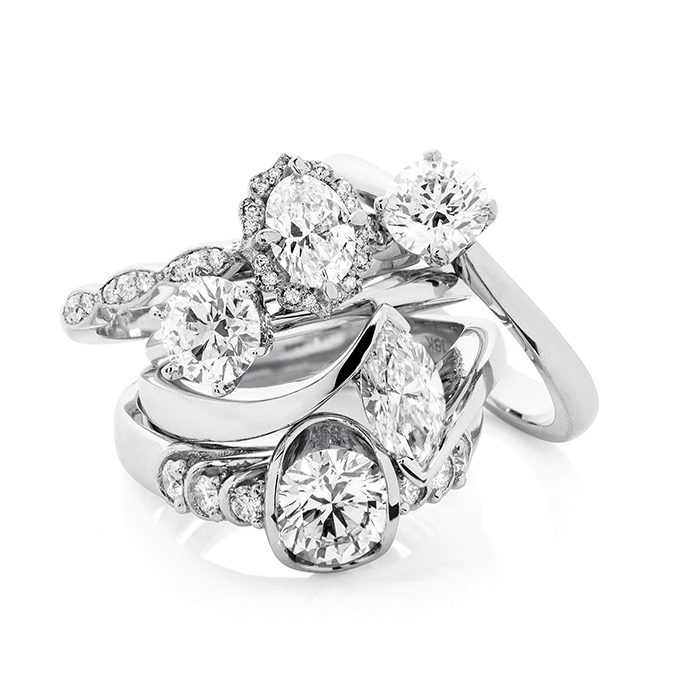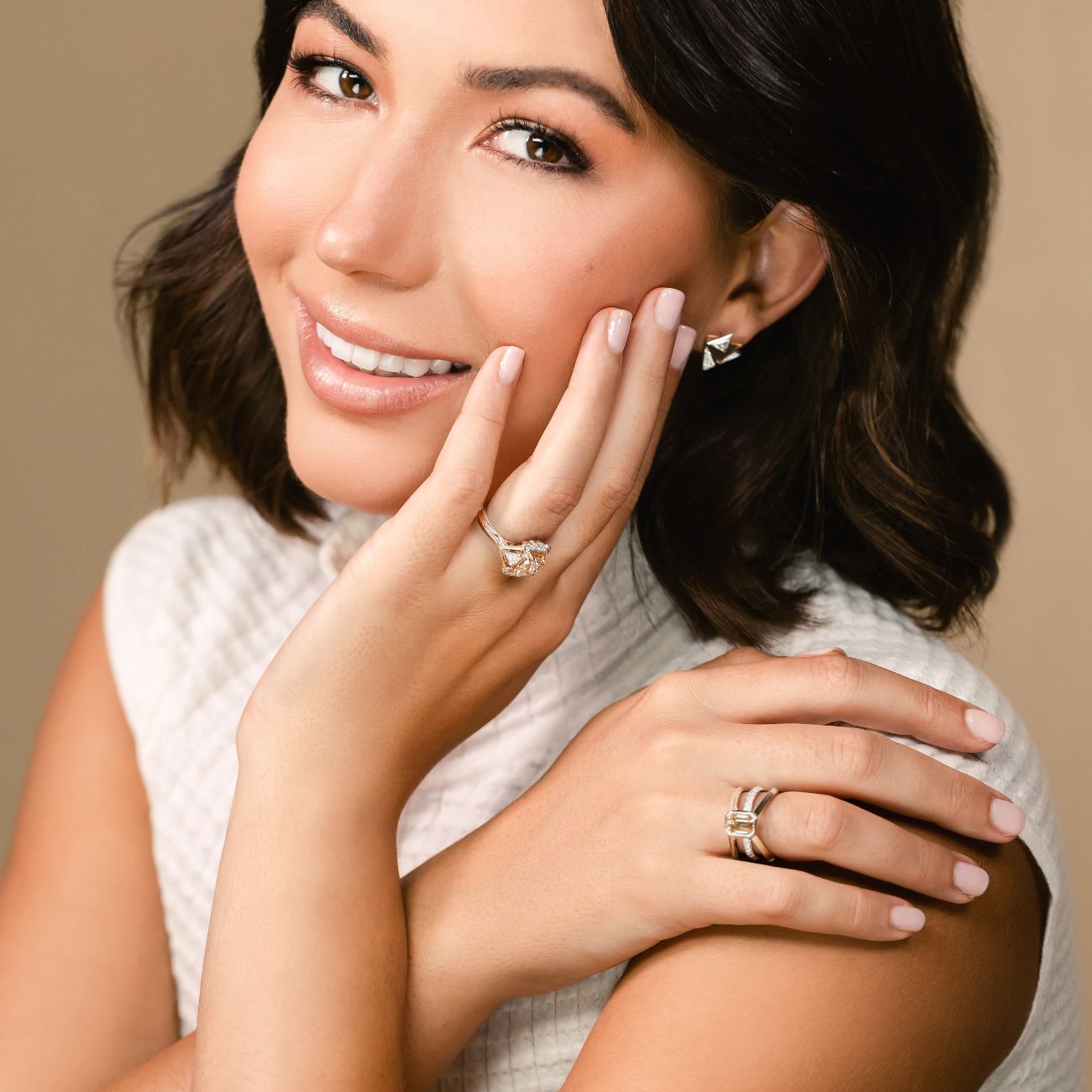People frequently associate “cut” with a diamond’s shape rather than its cut quality. Cut refers to a diamond’s dimensions, symmetry, and polish, which constitute the cut quality or fourth ‘C’.
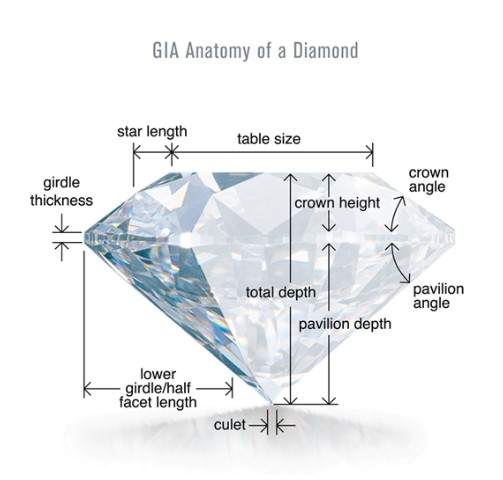
Table Size: The table is the diamond’s top horizontal facet. The average table size is calculated as a percentage of the girdle diameter of the diamond. While the table size of an ‘Excellent’ grade diamond will be between 52 and 62 percent, other proportions are also crucial. Keep in mind that the GIA does not take individual dimensions into account.
Total Depth: The depth of the diamond from the table surface to the culet, represented as a percentage of the average girdle diameter.
Pavilion Depth: From the bottom edge of the girdle to the culet, the pavilion is the lower section of a diamond. The pavilion depth is calculated as a percentage of the girdle diameter on average. Light will escape from the side or bottom of the stone if the pavilion depth is too shallow or too deep. More light will be directed upward via the crown of a well-cut diamond.
Pavilion Angle: Another crucial dimension of the stone, especially when it comes to a diamond’s brightness, is the pavilion angle. It is the average of the angles generated by the pavilion major facets and the girdle plane of the diamond. To be classified “Excellent,” this should lie between 40.6 and 41.8 degrees, provided that all other metrics are within their respective ranges.
Crown Height: From the top border of the girdle to the table, the crown is the upper section of the diamond. As a percentage of the average girdle diameter, the average crown height is calculated. It can have an impact on a diamond’s dispersion and brightness.
Crown Angle: The angle created by the bezel facets meeting the girdle plane is known as the crown angle. A well-cut diamond’s crown angle will be between 31.5 and 36.5 degrees. A round brilliant cut diamond’s face-up look is heavily influenced by the crown angle. The best variety of crown angles provides a path for light dispersion to depart as well as extra contrasting directions for light to enter. In relation to the distance between the table edge and the girdle edge, star length is the horizontally projected distance from the point of the star facet to the edge of the table. When all other characteristics are within acceptable limits, a well-cut diamond will have a percentage of 40 to 70%.
Girdle Thickness: The girdle is the diamond’s central segment, a small area that connects the crown and pavillion and serves as the diamond’s setting edge. The thickness of the girdle is described as a range from thin to substantial. A thick girdle is less desirable because it adds weight to the stone where it doesn’t important (making the diamond appear smaller). A diamond with an exceedingly thin girdle is known as a knife-edge diamond, because it is more delicate and susceptible to chipping. As a result, a “medium to slightly thick” girdle is prefered.
Lower Girdle / Half Facet Length: This ratio is calculated by comparing the lengths of the lower girdle facets to the pavilion’s length. The brilliance of a diamond is controlled by the contrast of a round brilliant cut diamond. The well-cut diamond will have a percentage of 65 to 90%. Diamonds with longer lower half facets are more scintillating.
Culet: The culet is a tiny facet at the bottom of a diamond that protects the point from chipping and wear. The culet size, which is defined as the average width of the facet, might alter the face-up appearance. None, very small, small, medium, somewhat large, huge, very large, and extremely large are the sizes available. It is sometimes referred to as a pointed culet when there is no culet. The culet should not be seen to the naked eye, and it falls into the good category when stated as none (no culet), very small, or small on a GIA report.
